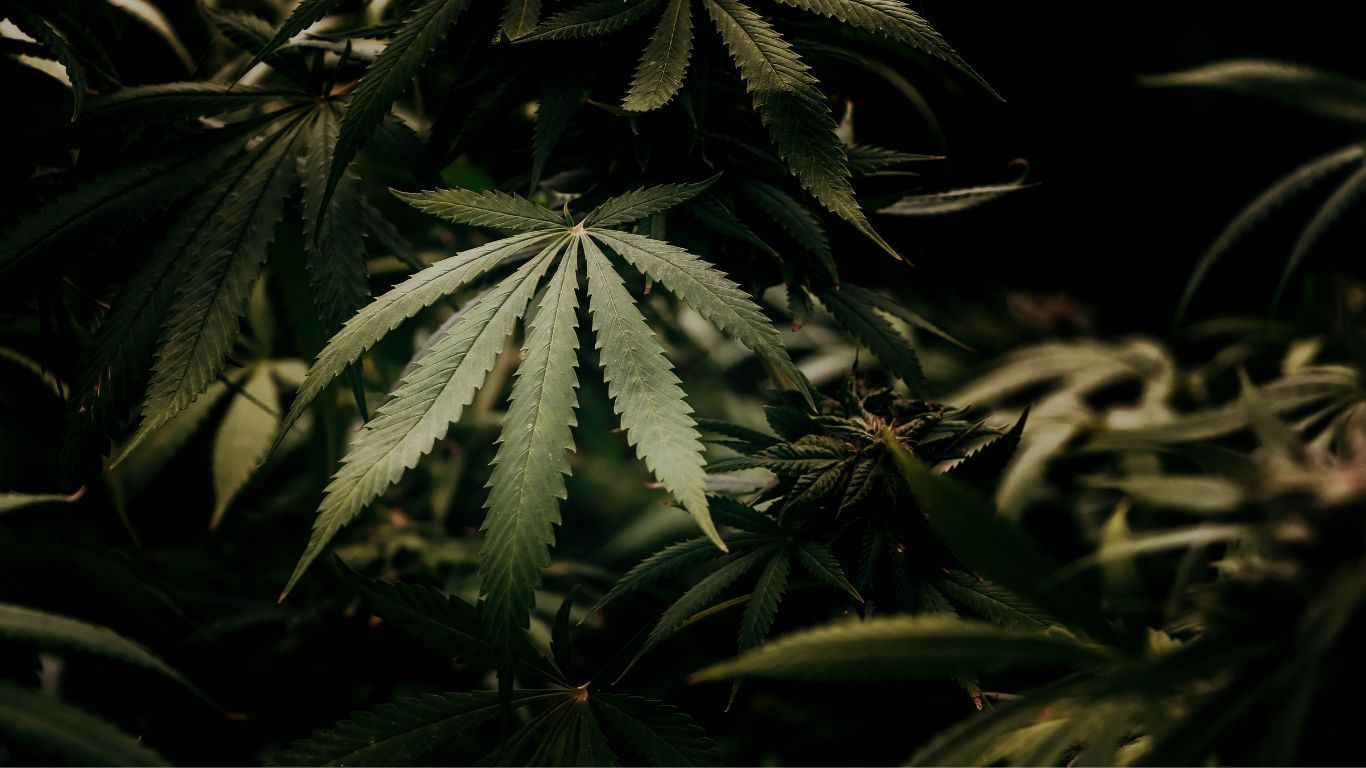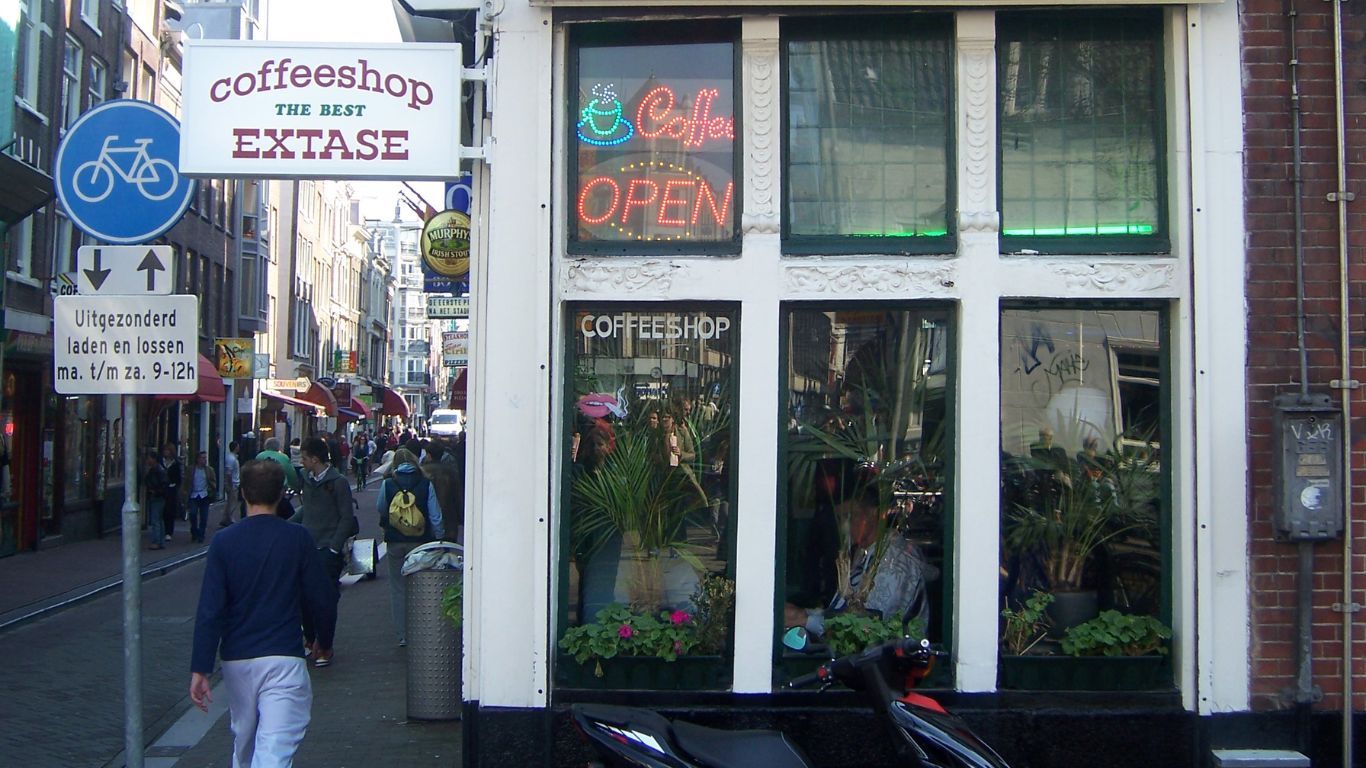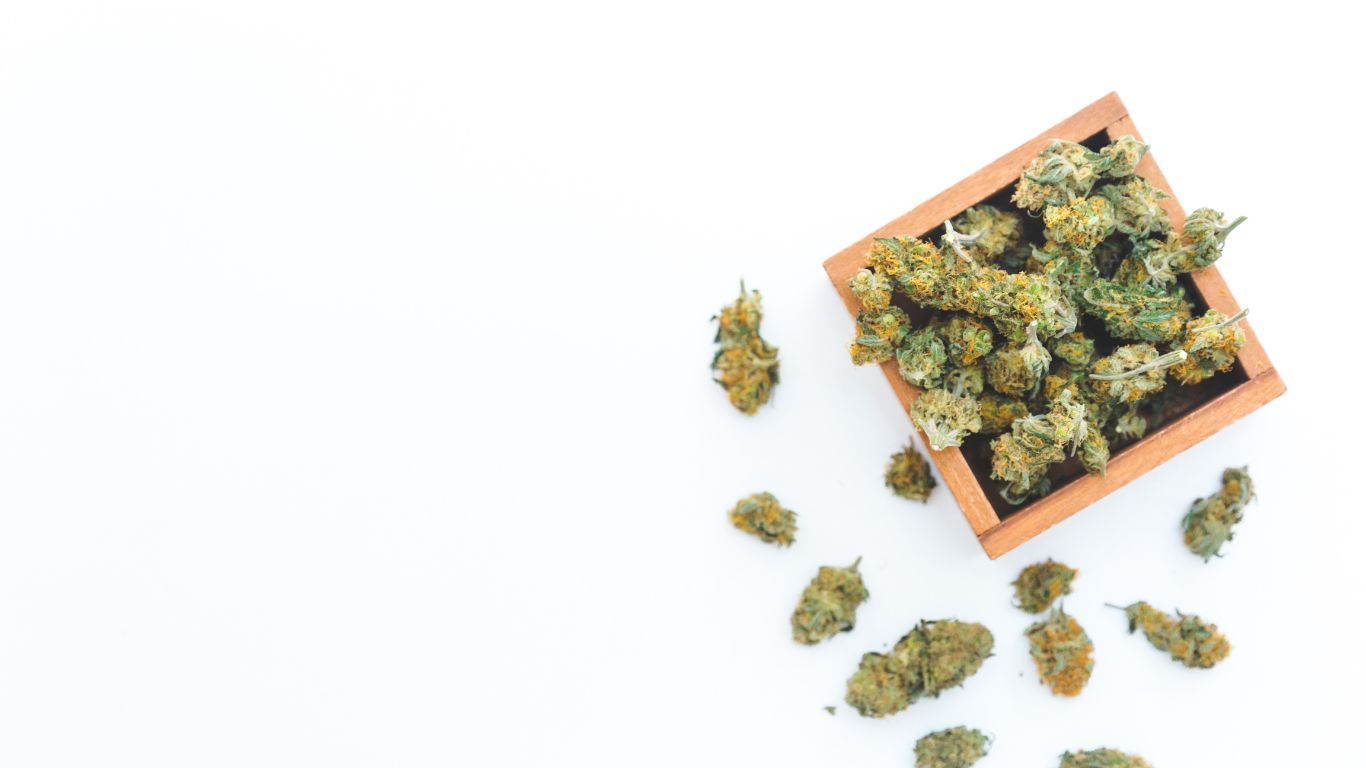
Canada’s federal tax agency says the government assessed more than $514 million dollars in excise taxes in 2020.
The numbers, available in a new report from the Canada Revenue Agency (CRA), shows more than $110 million in cannabis duty, plus more than another $403 million in additional cannabis duty and adjustments to the additional cannabis duty, for a total of $514,034,000.
Canada has a federal excise tax of $1 per gram of cannabis sold, or 10% of the per-gram price—whichever is more. Most of the tax (75%) is shared with provinces and territories, except for Manitoba, which opted out of the federal cannabis excise tax.
Total duty on dried flower was $409,011,000, while $97,071,000 was from the sale of cannabis extracts (which includes ingestible oils and capsules), $6,543,000 from the sale of cannabis edibles, and $973,000 from cannabis topicals.
In comparison, the net excise duty assessed in dollars on spirits sales for fiscal year 2020-2021 was $992,344,000, with an additional $323,163,000 for wine, $601,982,000 for beer, and $2,020,145,000 for tobacco products.
All amounts are the excise duties assessed, net of any approved refunds (duty assessed – refunds approved).
The assessed amounts reported are those collected by the CRA only and do not include any amounts collected by the Canada Border Services Agency (CBSA).
The BC government recently announced it has brought in more than $157 million from its share of cannabis excise tax since legalization.
Ontario, Canada’s largest cannabis market, brought in $339 million from their share of the federal cannabis excise tax from 2018-2022 and projects another $215 million in 2023.
Under the Federal-Provincial-Territorial Agreement on Cannabis Taxation, which was signed prior to legalization, it was mandated that the combined rate of all federal, provincial and territorial cannabis-specific taxes would not exceed either $1 per gram or 10 percent of a producer’s selling price.
This tax revenue was to be shared, with 75 percent going to provincial and territorial governments, and the other 25 percent going to the federal government, with the federal portion of cannabis excise tax revenue to be capped at $100 million a year for the first two years of legalization.
The cannabis industry has been calling for reforms to the federal excise tax rate for years now, arguing it ends up being a tax rate of as much as 30 per-cent or more of their revenue.
For fiscal year 2018-2019, the first year of legalization, the CRA assessed $71,922,000 for cannabis duty on dried/fresh cannabis flower and $19,534,000 for cannabis extracts, including edible/ingestible cannabis oil, for a total of $91,563,000.
For fiscal year 2019-2020, the CRA assessed $229,697,000 for cannabis duty on dried/fresh cannabis flower and $25,743,000 for cannabis extracts, including edible/ingestible cannabis oil, and $1,182,000 for cannabis edibles, for a total of $256,622,000.
Cannabis extracts, edibles, and topicals became legal in October 2019, with sales for most products not beginning until early 2020. Prior to this, the only legal cannabis products were dried/fresh flower, ingestible cannabis oil, seeds, and plants.
Figures on excise taxes assessed for cannabis seeds, plants, non-flowering plant material, and cannabis topicals are not listed for confidentiality purposes.
There are two types of cannabis duty on cannabis products produced in Canada. One is a flat-rate duty imposed at the time the cannabis products are packaged for consumer sale. The other is an “ad valorem” cannabis duty imposed on packaged cannabis products at the time the products are delivered to a purchaser such as a provincially-authorized distributor or retailer or a final consumer (such as with direct-to-consumer sales through the medical system).
The first flat-rate cannabis duty is determined based on the inputs used to produce the cannabis product. The ad valorem cannabis duty is determined based on the dutiable amount of the cannabis product.
The cannabis duty payable is the greater of the flat-rate and the ad valorem cannabis duty, with the lesser of the flat-rate and ad valorem cannabis duty being received at the time the greater cannabis duty becomes payable.
There is also an additional cannabis duty imposed in some provinces (Alberta, 16.8%, Nunavut 19.3%, Ontario 3.9%, and Saskatchewan 6.45%).
The amount of this additional cannabis duty payable is the greater of the flat-rate and the ad valorem additional cannabis duty, with the lesser of the flat-rate and ad valorem additional cannabis duty being relieved at the time the greater additional cannabis duty becomes payable.











